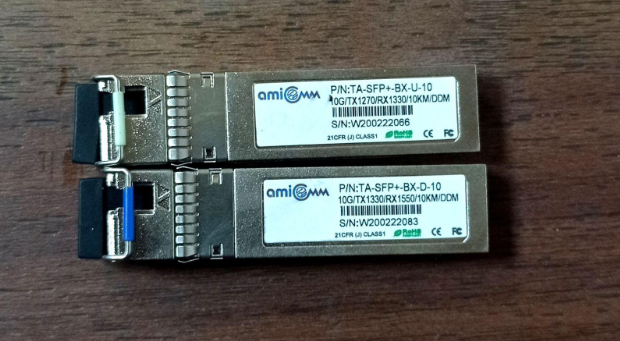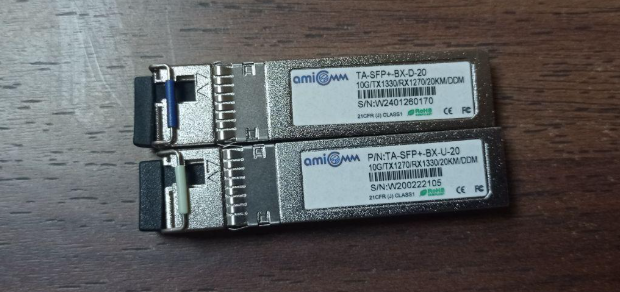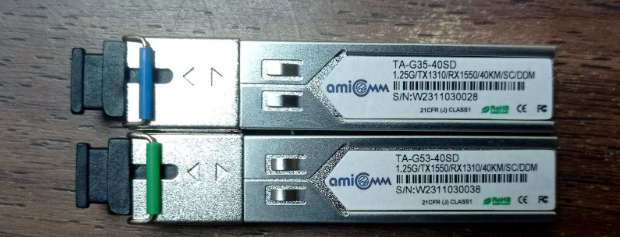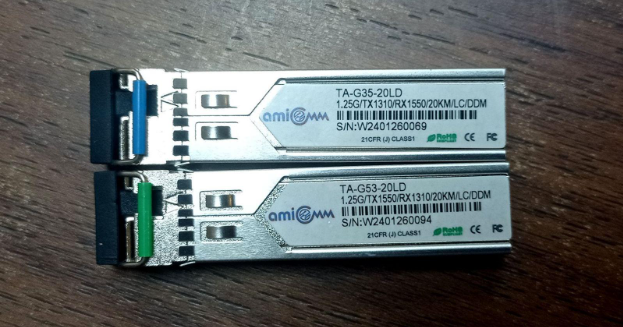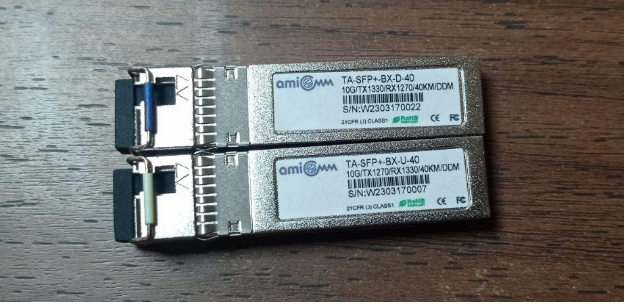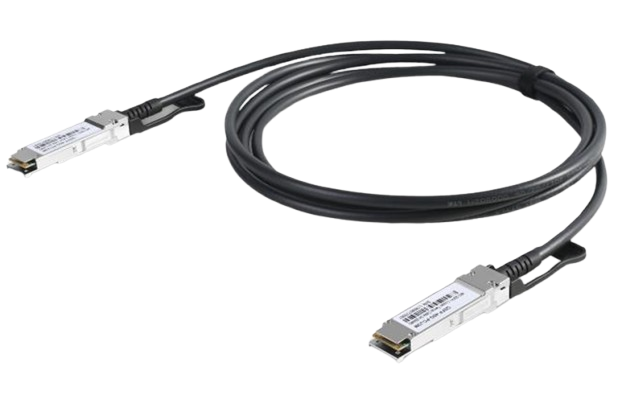- Plug and play: Some SFPs are designed to be easy to deploy without the need for a technician.
- Gigabit Ethernet ports: SFPs can be used in Gigabit Ethernet links, providing high-speed connectivity.
- Operating temperature range: Some SFPs are designed to operate in harsh industrial environments with a certain temperature range.
- Digital diagnostic monitoring: SFPs can have digital diagnostics functions.
- Advanced security features: Some SFPs can have security features to protect against traffic flooding and virus attacks.
- Auto surveillance VLAN and voice VLAN: Some SFPs can have features to ensure that surveillance video streams and voice communication are not affected by high data traffic.
- X 10/100/1000base-t poe ports: SFPs can be used to convert Ethernet into fiber, enabling long-distance connections.
- X gigabit SFP ports: SFPs can provide additional optical connectivity options.
- 1000base-t to 100/1000base-x fiber: SFPs can be used to link 1000Base-T to 100/1000Base-X fiber.
What does link SFP do?
- Converts electrical signals to optical signals for fiber optic cabling, and vice versa
- Supports various transmission distances and data rates
- Enables high-speed data transfer for bandwidth-intensive tasks
- Allows seamless connectivity across large physical areas
What are the benefits of link SFPs?
- SFPs are hot-pluggable, meaning they can be swapped out without interrupting service
- SFPs can be used with different types of transceivers, such as optical line terminals, network cards, switches, and routers
- SFPs are compatible with a wide variety of switches and routers brands
How are link SFPs standardized?
- The Small Form Factor Committee, a group of major equipment vendors, created the SFP specification
- The Multi-Source Agreement (MSA) is an industry-wide collaboration that standardizes the physical form-factor of SFP modules

